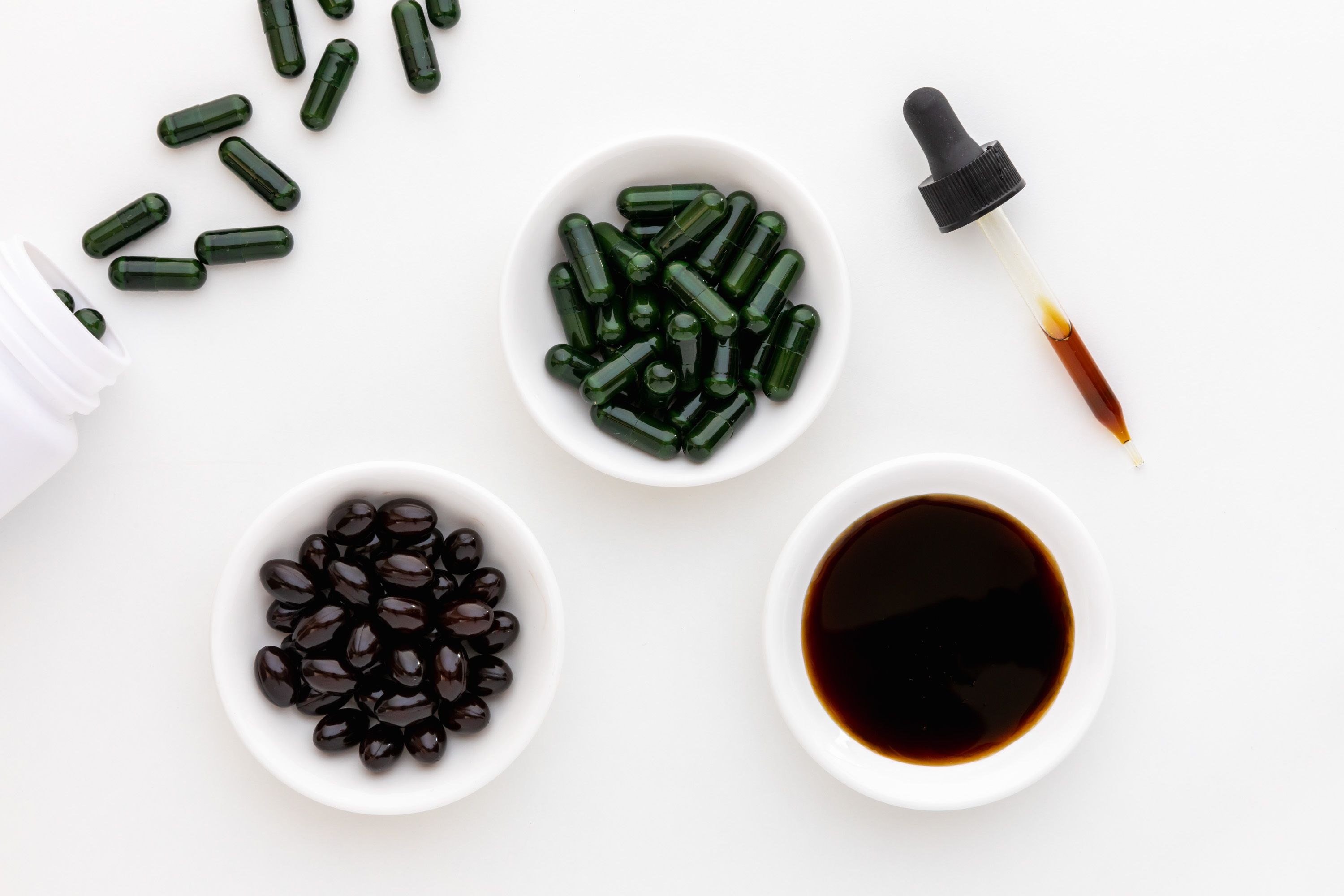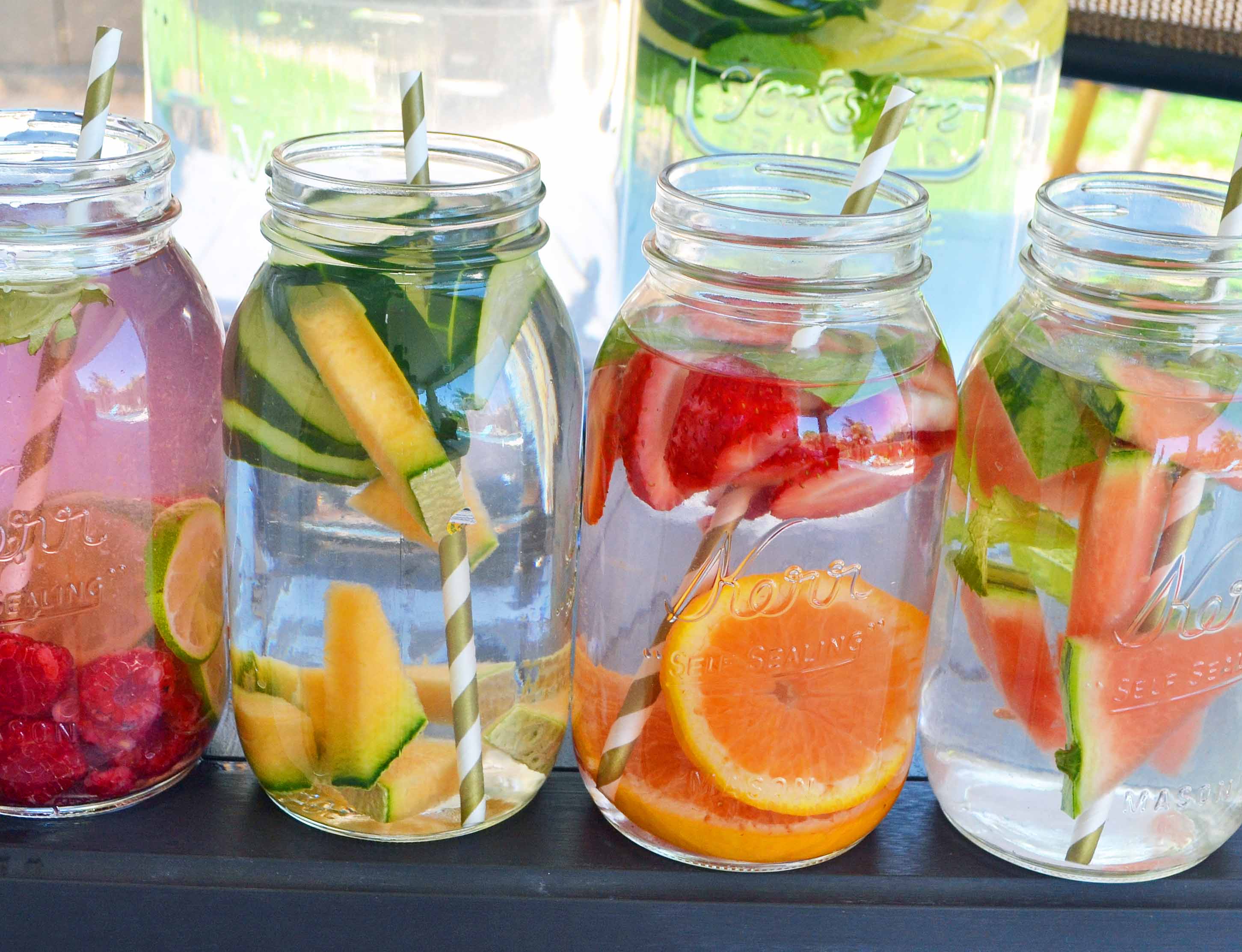
Through an activity poster, and a MyPlate graphic, students will be able to learn about the five main food groups. The poster shows the healthy portion of each food group. Half the plate is composed of fruits, vegetables, and half are meats. After reading a description of each group on the sheet, students divide the plate into the five different food groups. The Dairy Group includes milk products, so students might read about it. This group supplies calcium-rich foods to the body that keep bones strong.
Numerous studies have shown people should eat a lot more fruits and vegetables today. In 2010, 30.3 millions Americans were diagnosed with diabetes, according to the National Institute of Diabetes. Many of these were type two and 1.5 million more were diagnosed each day. Although diabetes is the leading cause of death in America, heart disease continues to be the most fatal. According to the CDC, cardiovascular disease is responsible for more than a quarter of all deaths in the United States. Therefore, it is important to increase the intake of vegetables and fruits as part of a healthy lifestyle.
MyPlate also offers additional dietary guidelines. Eating vegetables can be consumed in raw or juiced form. They are a good source of fiber and important vitamins. Many vegetables are low in calories, making them a good source protein. Two and a half cups of fresh fruits should be consumed every day by children. Vitamin A supports healthy skin, eyes, and eyes.
MyPlate isn't a solution for the obesity problem. Its goal, however, is to promote healthy eating habits among Americans. MyPlate has been the most commonly used guide in the United States since June 2011. MyPlate's graphic illustrates a table setting with five different food categories. The table shows a portion of fruits, vegetables and grains. MyPlate has proved to be a valuable tool for nutrition education.
MyPlate is an intuitive tool that can be used by most consumers. It is simple to understand and also includes detailed information regarding the dietary recommendations for various food groups. The MyPlate website displays an individual's targets values for each of the five food categories. Each person's MyPlate chart can be customized and includes information about their age and level of physical activity. MyPlate has no food group targets, but it does provide a guide for healthy eating.

The MyPlate does not specify which foods fit into each category. The USDA recommends different foods for each category. However, the food pyramid does not indicate the exact quantities of each food. Grilled salmon is richer in omega-3 fatty oils, but has more saturated fat. It is a great snack option for those who are always on the move. MyPlate can help with healthy eating!
MyPlate encourages people to eat whole grains as well as food made from them. Whole grains are best, because they have lots of B vitamins. This is vital for healthy skin, blood, and nervous system. Most grains are low in calories and fat, despite the appearance of the plate. They are also high in sugar and many people don't consume enough of them. You should consume plenty of fruits and veggies every day to keep your body healthy.
The MyPlate is based on the food groups we eat. It focuses on fruits only, but emphasizes the importance to eat a variety of foods in order to get the best nutrition. It is important to eat different types of fruits and vegetables every day. Different fruits and veggies should be consumed daily. This way, your body can get the most vitamins from both of the food groups. You should not eat a wide range of fruits and veggies.

The MyPlate food chain has seven categories. It is divided into five major food groups, namely fruits, vegetables protein foods, and milk. Moreover, the MyPlate has a visual guide that can help you to make the right food choices. So, what do you have to do? Use the MyPlate to make healthy decisions. Include the following five food groups in your daily meals.
FAQ
What is the cost of a culinary school?
Culinary school costs vary depending on where you go, how long you study, and what program you choose. The average tuition cost is $10,000-$30,000 annually. Most students graduate with about $20,000 in debt. Some programs offer work-study, grants, scholarships and grants.
How long does learning to cook take? What time do you need to learn how to cook?
It all depends on what level of skill you have. Some people are able to learn basic cooking skills in a matter of days. Others might take months or years before they feel confident enough to teach themselves how to cook.
The time taken to learn to cook will depend on who you ask. For example, someone who has never cooked before would probably need more time than someone who cooks regularly. You may also need more experience with certain types of cooking than others. Baking, for example, requires more experience than frying.
A specific technique will help you cook faster. You can then move on to the next technique once you have mastered it. Do not worry about how long it takes you to learn how to cook. Keep practicing and having fun with the whole process.
How can I get hired as a cook?
It is possible to get a job in the kitchen by word of mouth. Your friends and family members might know of a restaurant that needs additional staff. Also, restaurants often advertise openings on bulletin boards and websites.
What skills do I need to get into culinary school?
A chef's job requires you to be able cook well under pressure and understand food safety regulations. Cooking classes can be taken at high schools and community colleges to learn the basics of cooking. Once you have learned the basics of cooking, it is time to look for work at a restaurant.
What equipment do I need to cook?
To learn to cook, you don’t need to have any special equipment. However, the right tools can make it easier to cook. For example, you could use a knife instead of a fork to eat pasta or a whisk instead of a hand mixer to whip egg whites into stiff peaks. You can make cooking more enjoyable and easier by having the right tools.
Statistics
- under 10 Kids have been taught that there is special food just for them, and Fiese says that 10 percent of kids will throw a tantrum if they don't get the food they want. (washingtonpost.com)
- In the United States, the category is estimated at $23.2 billion annually and is growing faster than the market. (washingtonpost.com)
- The median pay for a chef or head cook is $53,380 per year or $25.66/hour, according to the U.S. Bureau of Labor Statistics (BLS). (learnhowtobecome.org)
External Links
How To
How to make a perfect Omelette
Omelets are one of my favorite foods to eat at breakfast. But how do you make them perfectly? Many different recipes and methods have failed to work for me. Today, I'd like to share some tips with you in order to make delicious and fluffy omelets every day.
We should first know that eggs are very temperamental ingredients when making omelets. The eggs must be fresh from an organic source and kept at room temperature until they are ready to be cooked. If they are not kept cold enough, the whites won’t form properly. The yolks will also break down too quickly and become runny. This can make your omelets look bizarrely colored. If you're going to cook them immediately, it is best if the eggs are still warm.
You can also separate the egg before you add it to the pan. Because this could cause your omelet to become curdled, you don't want any yolk to be mixed with any white.
The egg can burn if it is placed directly on the stovetop. Instead, microwave the egg for 10 seconds before adding it to the pan. The microwave heat cooks the eggs just right without overcooking them.
Next, let's talk about mixing the eggs. When mixing eggs, it is important to thoroughly beat them. To do this, grab the bowl of the mixer and turn it upside down. Then shake the bowl vigorously. This way, the air inside the bowl gets whipped around and mixes the egg thoroughly.
The fun part is now - adding the milk to the mixture. The first step is to pour half of the milk in the beaten eggs. Next, fold the eggs into the remaining milk. You don't need to worry if streaks remain. They will disappear once you flip your omelet.
After you have folded the eggs, heat the oil in a pan over medium heat. Once the oil has started to sizzle, turn the heat down to low. Add 1/4 cup butter to the oil and swirl it around to coat all sides of the pan. Now carefully crack open the lid of the pan and sprinkle salt into the pan. Salt will prevent the omelet sticking to the pan.
Once the omelet has formed completely, cover the pan and let it set for a few minutes. Use a spatula to flip the omelet or turn the pan upside-down. Cook the other half for another minute. Take out the omelet and place it in a bowl.
This recipe works best using whole milk. Skimmed milk is also possible.